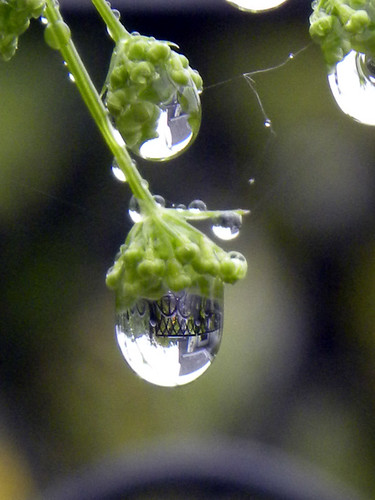The workshop practice of having all the readers speak their piece while the author of a story or book fragment is required to listen quietly is generally accepted. I’ve seen this rule in play at Clarion and Turkey City and literary workshops too, and have heard others refer to them as “Milford” rules. I’m not sure I’ve workshopped anywhere that didn’t have this as a guideline.
Most of us seem to agree that when it’s your writing in the spotlight, the best use of your time is to just pay attention to the crits. Any energy you might spend defending what you were trying to achieve, or explaining things that weren’t clear, or catching the group up on the real life events that inspired your story (“It’s not hard to believe–it’s how it happened!”) is energy that’s better spent on a rewrite.
Where I see more mud and less agreement is in the area of a reader suggesting fixes for a given piece’s problems. There are those who are dead against this: any suggestion from you, the argument goes, is an attempt to rewrite someone else’s story. The answer you’re offering won’t be the right one. If they take your advice, the writer will screw up their story.
How much you get into actively suggesting in a peer workshop may depend on its culture and rules, on how far along the participants are in their writing career, and how well they know each other. I know plenty of people for whom a statement like, “The characterization in this could use some beefing up” would be plenty of feedback. Speaking very generally, though, and as someone who teaches people who are newer to writing, I do believe there are ways to offer concrete suggested fixes without rewriting the author’s work.
In my UCLA courses, where I get to set the rules, I allow writers to suggest specific changes to each other, with the understanding that “Do this to Element X!” is just a different way of highlighting whatever issue you had with that story element. Sometimes it’s clearer, I think, to demonstrate what you think isn’t working when you take a hypothetical bang at fixing it yourself.
So that’s how I go about it–“If you do X,” I’ll say, “then this and that might happen, and maybe we’ll understand why he killed the music teacher.” Sometimes X will be a broad, obviously unworkable suggestion, because the ‘maybe we’ll understand’ is the key to the message.
I suppose I could bend myself into rhetorical pretzels trying to explain how and why I don’t understand or agree with a given writing choice, but often a quick example of how to go about tackling the problem seems to me to be both appropriate and as elegant a way as any to get the idea across.
How about all of you? I’m open to other opinions on this, as always.
In the meantime, here’s a shot from Maplewood Flats that I think is both pretty and soothing:








